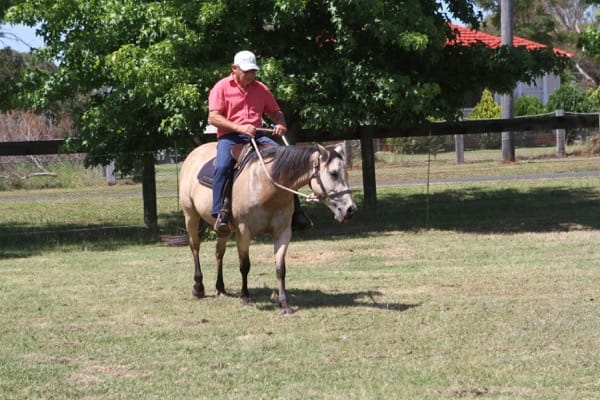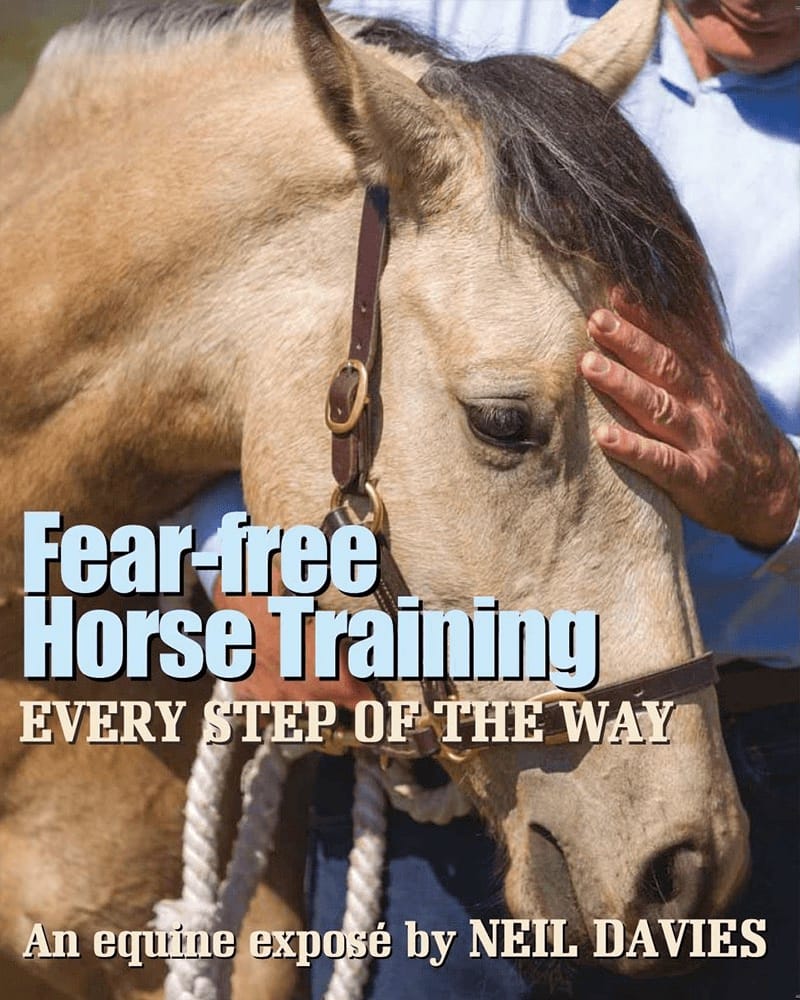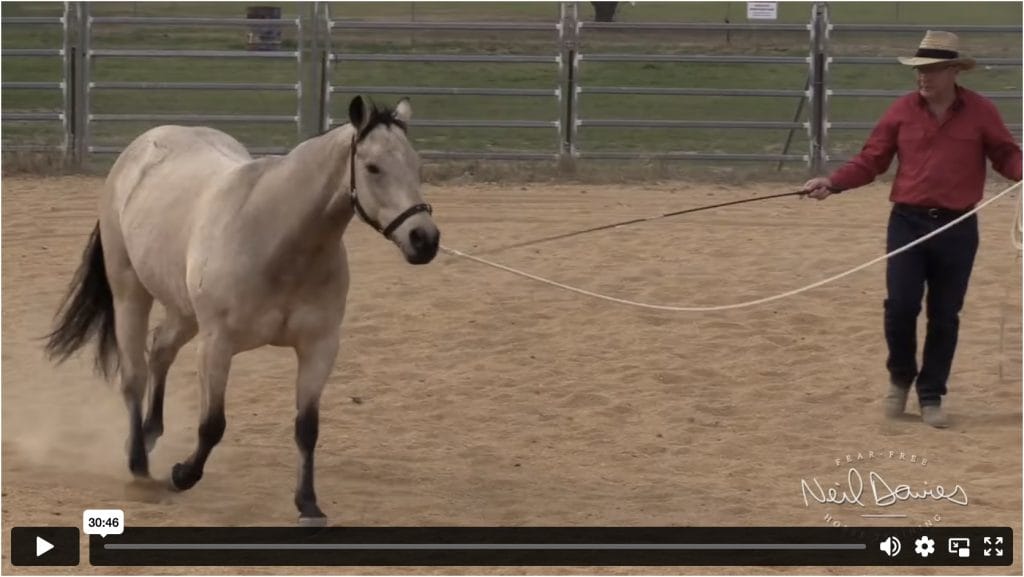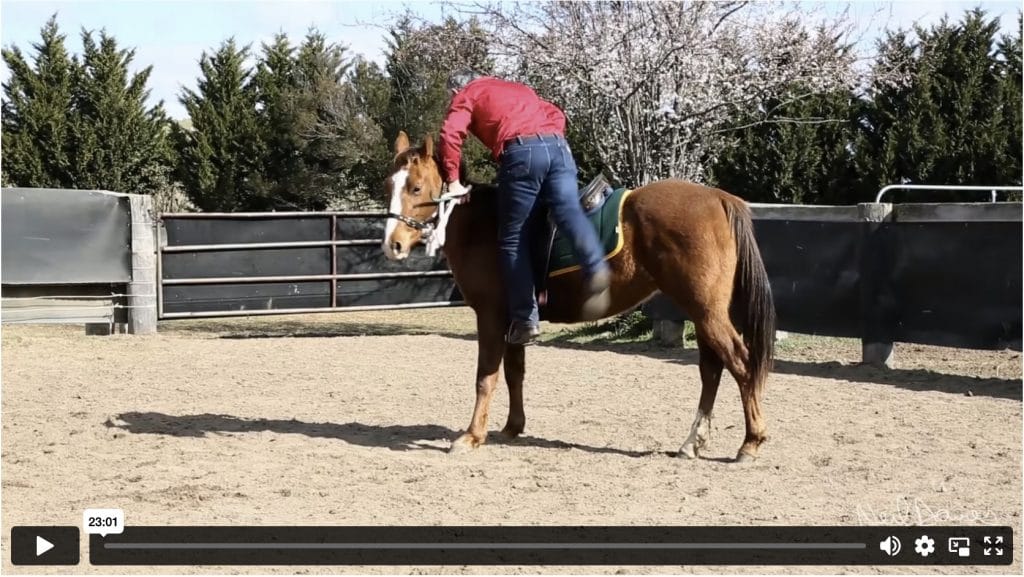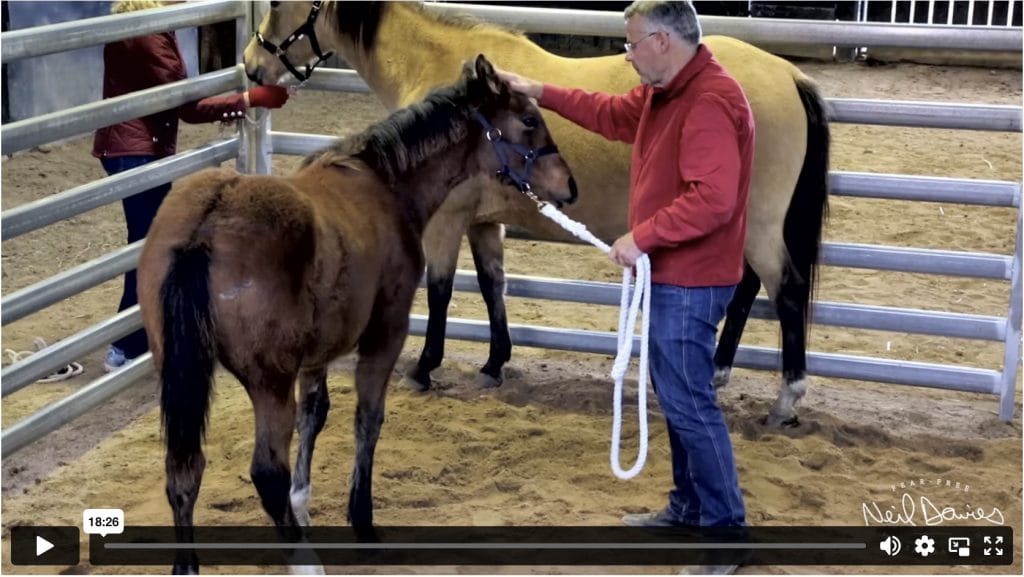There’s a misconception in the horse world that you need to do something to a horse’s mouth or nose so that he’ll stop or turn. In fact, I’m often asked how I ‘mouth’ a young horse.
My answer is always the same, “I’ve never been able to teach any horse’s mouth anything.”
There’s no process that can be carried out on a horse’s mouth or nose that will make him stop or turn.
Pulling a horse around from the ground with a “special” headstall or a bit with long reins won’t help to control him.
The only part of any horse that you can teach is his mind.
Everyone needs to remember this.
At every stage of every horse’s education, you’re simply teaching his mind.
Many people think that they need a bit in a horse’s mouth for control, and so the bit is the first thing they introduce to a young horse.
Back in the early 1970s, my father always put the ‘mouthing gear’ on every young horse straight away.
That was until a young mare reared over backwards and broke her jaw.
My father learned from this dreadful mistake and never used the mouthing gear again. Instead, he started riding horses in a headstall before he introduced the bit.https://www.fearfreehorsetraining.com/book/
I followed this approach when I started training horses for a living back in the late 1970s.
At first, I introduced the bit after a couple of rides in the headstall (halter).
It took me a few years to learn that even though a horse learned to walk around the yard in a headstall, he was still worried when I introduced the bit after only a couple of lessons.
So I started to spend more and more time teaching each horse to relax and move forward in a headstall before I introduced the bit.
These days, I don’t care if I ride a horse for two or three weeks before I introduce the bit.
In his first lessons, every young horse is worried about having a saddle and rider on his back.
Putting a bit on at this early stage is too much for a young horse to cope with.
The bit adds another layer of concern and it’s another thing for the horse to worry about.
Adding the bit into the equation at this point is simply too much for a young horse.
However, after a couple of weeks of lessons, when the horse is confident and relaxed and has learned to move forward with the rider in the walk, trot and canter, introducing the bit will be of little concern, for the horse or the rider.
Always remember, you’re not working on your horse’s mouth or nose.
You’re teaching his mind, every step of the way.

